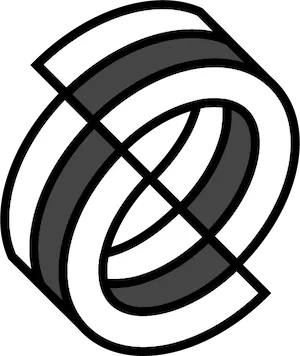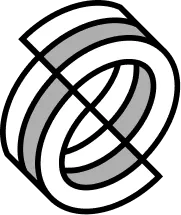It’s been a wild 10 days for decentralized social media startup Farcaster, which catapulted from relative obscurity to crypto industry darling last week after debuting a novel feature for independent developers.
Overnight, activity on the network increased exponentially, dramatically broadening its reach. That growth caught many in the industry by surprise—including Farcaster’s leadership.
(Video by Rug Radio Creator Benjamin White.)
“We thought it was going to be popular,” Farcaster co-founder Dan Romero told Decrypt of the protocol’s new, wildly popular Frames feature. “I don't think we thought it would be this popular.”
Frames, launched with little fanfare by Romero and his team on January 26, allow users of apps on the Farcaster network to perform numerous functions within social media feeds—like playing games, making online purchases, and minting NFTs—without having to exit the app for a third party.
Farcaster, which was founded by Romero and his fellow Coinbase alum Varun Srinivasan in 2020, has long catered primarily to hardcore tech nerds and crypto-savvy developers. While some perceived that niche appeal as a liability, Romero now believes it was key to the company’s current success.
“That was actually a critique of Farcaster up until two weeks ago: it's too nerdy, [there are] too many developers,” Romero said. “Well, it turns out when you launch a simple primitive, give [users] permissionless access to distribution, and people can actually code, you get some pretty amazing results.”
The unexpected resonance of Frames not just with developers, but also with general audiences, has single-handedly upended Farcaster’s business development strategy. Romero used to think large user bases attract developers. Now he’s starting to see things the other way around.
“Maybe two months ago, we were under the impression that we needed to grow daily active users in order to attract developers,” Romero said. “I think what's changed with Frames is we found something that is allowing developers to get distribution to find their initial 1,000 or 10,000 users, and that is also driving growth for the protocol.”
What’s next for Frames? Romero wants to double down on bringing the feature even more on-chain. Currently, some Frames permit minting NFTs and other blockchain-backed activity, while others involve off-chain actions like ordering cookies or subscribing to newsletters. Romero says eventually, he wants to turn all Frames tasks completely crypto-native.
Crucially, though, the founder believes it's imperative to keep Frames simple. The feature currently consists of one image, four buttons, and—as of a few days ago—a box for text inputs.
Independent developers have seized on those elements to create a plethora of innovations; for example, one new Frame generates AI-powered art based on a written prompt, and mints that image as an NFT—all within a user’s social media feed.
Romero thinks limited flexibility has been key to breeding such innovative experiments.
“Constraints breed creativity,” he said. “I think creating too much complexity makes it less intuitive for users.”
Farcaster, which was built on the Optimism superchain, currently supports only Ethereum-compatible on-chain activity. Within the next week, however, the protocol will expand support to Solana.
Per Romero, Farcaster’s ultimate goal is to attract one billion daily users. To achieve that lofty aim, he says, the company will continue to cater to developers, and follow them to any network they believe will improve Farcaster.
“If we're focused on onboarding that next billion, you're just going to give the freedom to developers—to choose what wallet, on what chain, and how they want to go about it,” he said.
Edited by Andrew Hayward





